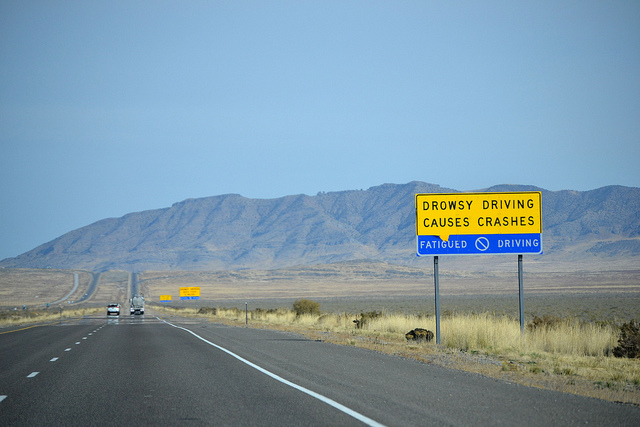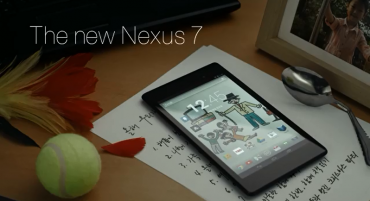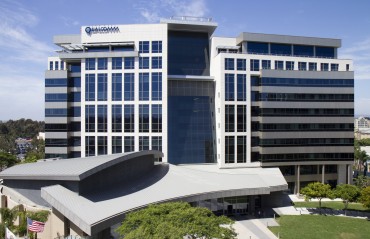SEOUL, June 20 (Korea Bizwire) – With the vacation season just around the corner, drivers must be cautious of becoming drowsy behind the wheel when travelling long distances.
According to statistics collected by law enforcement agencies, drowsy driving is one of the biggest causes of automobile accidents, and there were 2,701 cases that occurred last year in Korea alone, resulting 108 fatalities.
While the automobile industry is investing in self-driving vehicles, it is also focusing on developing technology that can prevent drowsy driving.
On Thursday, June 16, the Korea Intellectual Property Office (KIPO) disclosed a Hyundai Motor Company patent application related to ‘a system and method for determining drowsiness of a driver,’ according to an industry expert.
The new system wakes up a driver when his or her heart rate and the driving condition are measured and determined to be in a drowsy state. For example, if the driver’s heart rate falls below his or her normal heart rate and the vehicle moves in a zigzag motion, the system recognizes this as drowsy driving and sends a warning signal.
The new system is more advanced than existing technology where drowsiness is determined by a driver’s pupils and facial expression recognized through a camera and vehicular signals such as driving patterns.
Hyundai noted that driving signals are difficult to identify as a driver may intentionally drive in an aggressive manner, and face recognition with a camera may become problematic due to poor lighting and inaccuracy if a driver wears eyeglasses or makes unpredictable facial expressions.
However, Hyundai did not reveal when the technology in its patent application will be commercialized.
The carmaker is currently developing a “drowsy driving warning system” that determines the drowsiness of a driver by using an infrared camera to recognize the direction of a driver’s face and blinking patterns, as well as the driving pattern of a vehicle.
This system, presented at the Consumer Electronics Show 2013, gives an audible warning and vibrates the seat when it determines that a driver is drowsy.
Many foreign companies are also developing heart rate monitoring systems using a sensor attached to a driver’s seat or a seatbelt.
Saab Automobile AB, a Swedish automobile manufacturer, has already adopted drowsy driving prevention technology using a face recognition program and an audible warning stating, “You are becoming dangerously drowsy. Please stop the vehicle immediately”. The seat also vibrates when a driver’s facial expression and slowly blinking eyes are recognized to be in a drowsy state.
Mercedes-Benz and Volvo, too, have adopted technology where a coffee cup light is illuminated on the dashboard along with an audible warning when the system identifies that a driver is becoming drowsy.
By Nonnie Kim (nkim@koreabizwire.com)







